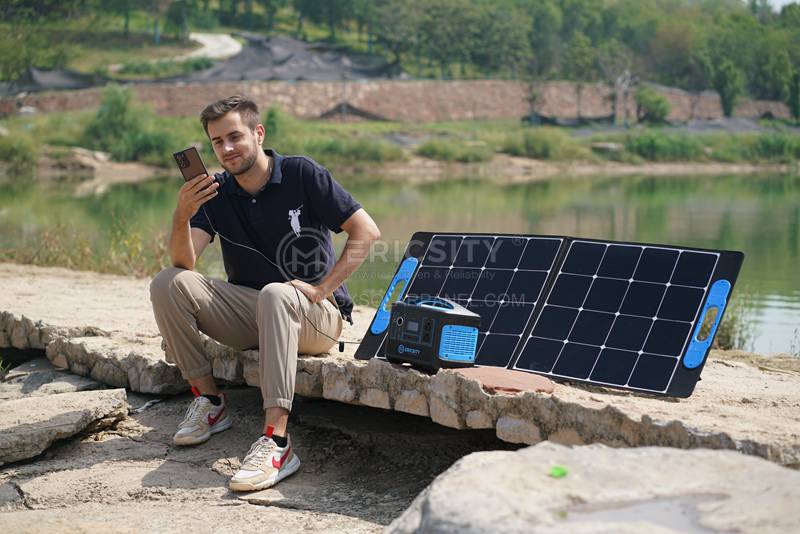HOT PRODUCT
Product Details
Efficiency Meets Flexibility: Harnessing Solar Energy With Panel Films
Efficiency Meets Flexibility: Harnessing Solar Energy With Panel Films
Solar energy has emerged as a viable and clean alternative to traditional sources of energy. With the growing demand for sustainable and renewable energy solutions, researchers and scientists are continuously exploring innovative ways to improve the efficiency and flexibility of solar power systems. One significant development in this field is the use of solar panel films, a cutting-edge technology that offers enhanced efficiency and flexibility in harnessing solar energy.
Solar panel films, also known as thin-film solar cells, are made from lightweight and flexible materials. Unlike traditional solar panels, which are often heavy and rigid, these films can be easily rolled or bent, making them ideal for unconventional power generation applications. Their flexibility allows them to seamlessly integrate into a variety of objects and surfaces, such as windows, building facades, or even clothing.
Efficiency is a crucial factor in determining the viability of any energy production technology. Solar panel films have shown great promise in this regard. While their efficiency may be slightly lower compared to traditional silicon solar panels, advancements in manufacturing technology have significantly improved their power conversion capabilities. With continued research, it is expected that the efficiency of thin-film solar cells will continue to increase, bridging the gap with their rigid counterparts.

One of the key advantages of using solar panel films is their versatility in terms of installation. Unlike conventional solar panels, which require large areas of installation space, panel films can be easily applied to various surfaces, regardless of their size or shape. This flexibility allows for the optimization of previously underutilized spaces, such as rooftops or vertical facades, thus maximizing solar energy generation potential.

Moreover, the lightweight nature of solar panel films makes transportation and installation more efficient. Traditional solar panels often require heavy-duty mounting systems, which can be expensive and time-consuming to install. In contrast, panel films can be attached using adhesive or structural framing, significantly reducing installation costs and time.
Another advantage of solar panel films is their ability to generate electricity under low-light conditions. Unlike traditional panels, which require direct sunlight to operate optimally, thin-film solar cells can generate electricity even in cloudy or shaded environments. This feature makes them particularly suitable for regions with less consistent sunlight, extending the reach of solar energy generation to a wider range of locations.
In addition to their practical applications, solar panel films have an aesthetic appeal. Due to their thin and flexible nature, they can be seamlessly integrated into various architectural designs. This integration can enhance the visual appeal of buildings by turning them into energy-generating structures without compromising their aesthetic value. This characteristic makes solar films an attractive option for architects and designers looking to incorporate sustainable energy solutions into their projects.
Furthermore, the advancements in solar panel film technology have led to reduced manufacturing costs. The production process for thin-film solar cells is simpler and requires less material compared to traditional solar panels. This cost efficiency makes panel films more accessible to a wider range of consumers, accelerating the adoption of solar energy as a viable alternative to conventional power sources.
In conclusion, solar panel films offer a blend of efficiency and flexibility in harnessing solar energy. Their lightweight and flexible characteristics enable their integration into various surfaces, opening up new possibilities for unconventional power generation. Although their efficiency might be slightly lower than traditional solar panels, continuous research and development in this field are set to bridge the gap. With their aesthetic appeal and cost advantages, panel films are paving the way for a sustainable future powered by solar energy.




